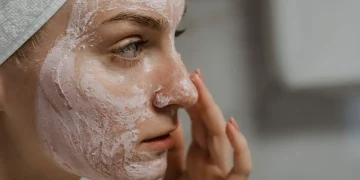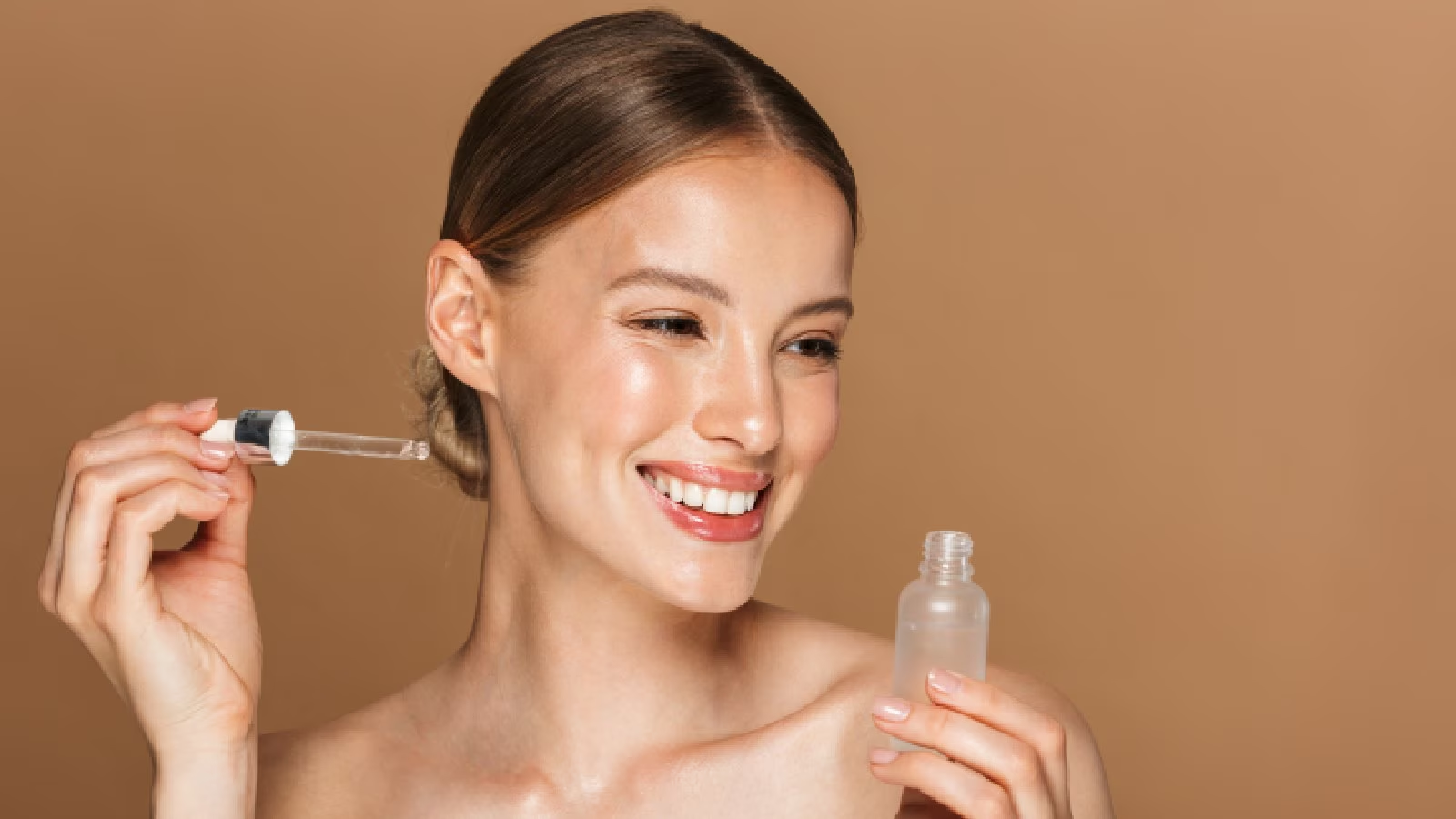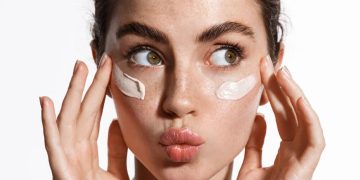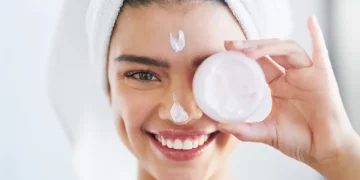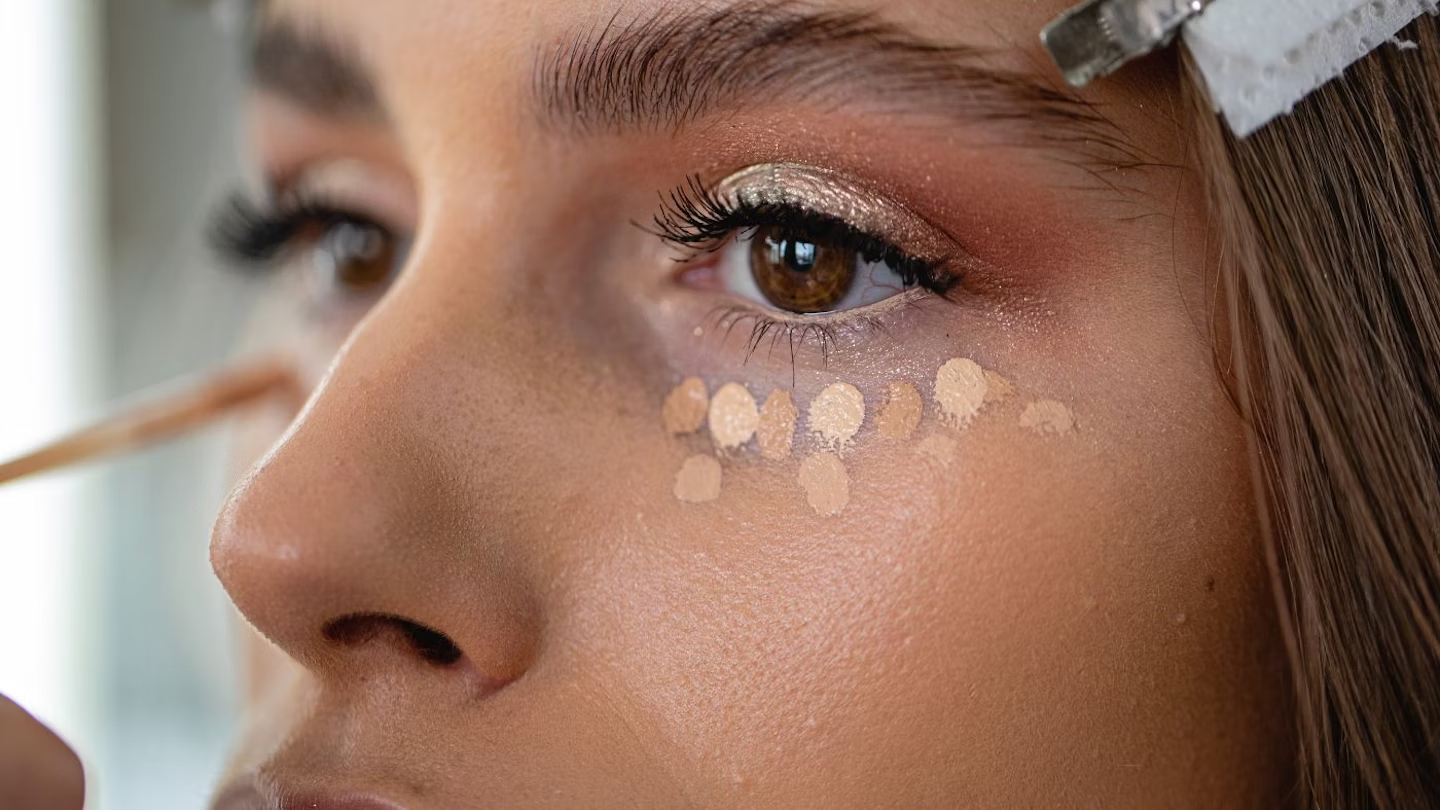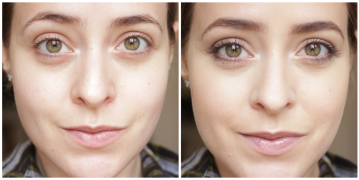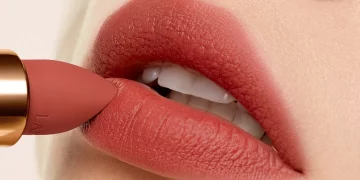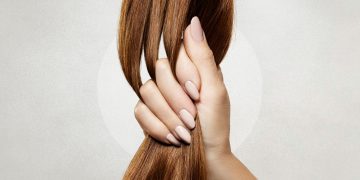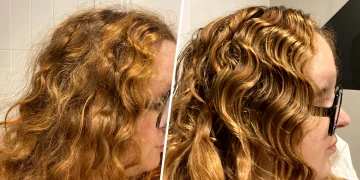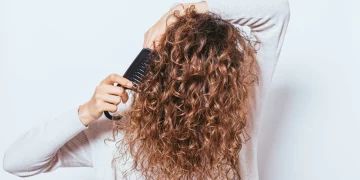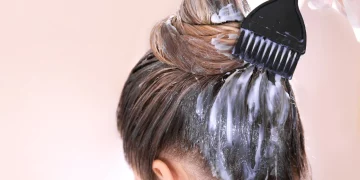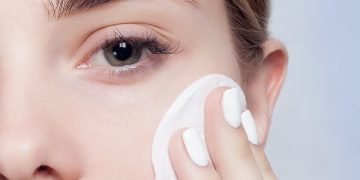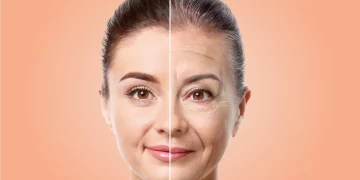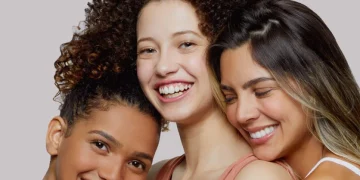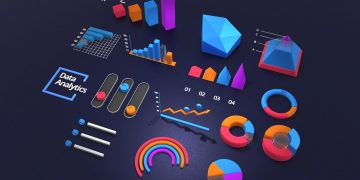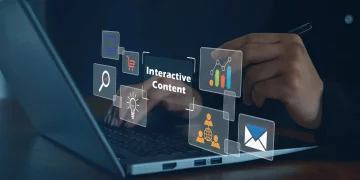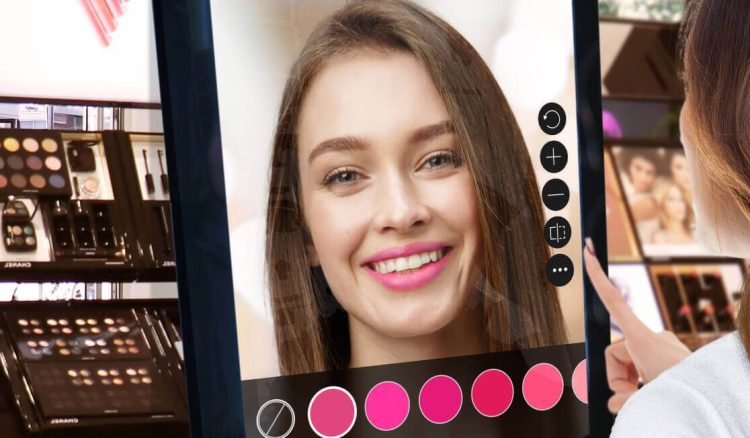Introduction
In recent years, the world of beauty has seen a technological revolution with the rise of AI-driven virtual makeup tutorials. Virtual makeup applications and tutorials, powered by artificial intelligence (AI), are becoming more accessible, offering personalized and interactive beauty experiences to users around the globe. The AI revolution in beauty allows consumers to experiment with different looks, learn new techniques, and even “try on” makeup virtually without ever having to pick up a brush. But as AI-driven tools become more advanced, a crucial question arises: Can these AI virtual makeup tutorials truly replace traditional, hands-on makeup lessons with real-life experts?
In this article, we’ll explore the pros and cons of AI virtual makeup tutorials, compare them with the traditional approach to makeup learning, and discuss whether AI can genuinely replace human makeup artists or instructors in helping people master makeup techniques.
1. The Rise of AI in the Beauty Industry
AI-powered makeup tutorials are part of a larger trend of virtual beauty innovation. Some of the key players in this field include apps and platforms like YouCam Makeup, ModiFace, and L’Oréal’s AR try-on features, which use augmented reality (AR) and artificial intelligence to provide personalized experiences. These tools allow users to:
- Virtually try on makeup: AI technology maps the user’s facial features, making it possible to test different makeup looks in real time without the need for physical application.
- Get personalized makeup recommendations: AI tools analyze a user’s skin tone, facial features, and preferences to suggest the best products and techniques.
- Follow step-by-step tutorials: Some apps guide users through makeup application processes, offering live tutorials with AI-generated tips and corrections in real time.
These advancements have opened up new ways for beauty enthusiasts to explore makeup. With more people turning to smartphones and apps for their beauty needs, AI seems to be at the forefront of the future of makeup tutorials. However, this technological advancement begs the question: Can these virtual tools truly replace the human touch, creativity, and guidance that comes with traditional makeup lessons?
2. The Benefits of AI Virtual Makeup Tutorials
AI virtual makeup tutorials offer several key advantages, particularly for those who are new to makeup or those looking for convenient, cost-effective ways to learn:
a. Convenience and Accessibility
One of the most significant benefits of AI virtual makeup tutorials is their accessibility. Anyone with a smartphone or computer can access virtual makeup lessons from anywhere, at any time. Unlike in-person makeup classes, which may require travel, appointments, or fees, AI tutorials allow users to practice at their own pace from the comfort of their own homes.
- Anytime, Anywhere Learning: Whether you’re at home, on the go, or even traveling, you can instantly access makeup tutorials, allowing you to learn and practice whenever you like.
b. Personalized Experience
Many AI makeup apps use sophisticated algorithms to personalize the learning experience based on factors such as skin type, face shape, eye color, and personal preferences. This creates a highly individualized experience that may be difficult to replicate in traditional makeup lessons.
- Tailored Recommendations: AI analyzes your features and offers product suggestions and techniques specifically suited to you, ensuring that the advice is relevant and effective.
c. Cost-Effective
Traditional makeup tutorials, especially those with professional makeup artists, can be expensive. AI virtual tutorials, on the other hand, often come with a low-cost or free model, making it a more affordable option for many individuals.
- Budget-Friendly Learning: Instead of paying for expensive one-on-one lessons, you can access countless tutorials and practice as much as you need, without financial barriers.
d. Instant Feedback and Real-Time Adjustments
Some AI makeup apps provide real-time corrections and adjustments based on your technique. For example, if you apply eyeshadow unevenly, the app might alert you and provide guidance on how to fix it, helping you improve your skills as you go.
- Instant Guidance: With AI, you can receive feedback immediately, allowing you to correct mistakes and refine techniques right away.

3. The Drawbacks of AI Virtual Makeup Tutorials
Despite the many benefits, there are limitations to learning makeup solely through AI tutorials. While virtual makeup tools are powerful and convenient, they still cannot replicate the unique experience and expertise of a professional makeup artist or in-person makeup lesson.
a. Lack of Human Touch and Creativity
Makeup is not just a technical skill—it’s also an art form. The creativity and personal touch that a professional makeup artist brings to a lesson are often irreplaceable. AI tutorials may guide you through basic steps, but they can’t match the nuanced advice and artistic freedom that a live instructor can provide. Human instructors understand the intricacies of a person’s facial structure, skin texture, and personal style, which allows them to give personalized, creative input that goes beyond what an AI app can analyze.
- No Creative Freedom: While AI tutorials are great for technical guidance, they may lack the artistic direction that a human teacher can offer. AI is based on algorithms, and thus, it may struggle to offer the kind of flexible, intuitive creativity that a live instructor can.
b. Limited Understanding of Complex Skin Issues
AI apps and tutorials may struggle when it comes to addressing complex skin issues or unique makeup challenges. For example, if someone has rosacea, severe acne, or uneven skin texture, an AI tool might provide a generic solution that doesn’t take the full extent of the individual’s skin concerns into account.
- Skin Concerns: AI may not be able to suggest the most suitable products or techniques for skin issues that require specialized care, while a professional makeup artist can assess and provide advice tailored to specific conditions.
c. Missing the Interpersonal Learning Experience
Many makeup enthusiasts learn best by interacting with others and receiving feedback. Virtual tutorials can be isolating, especially for those who thrive in group settings or who prefer direct, face-to-face interactions. The experience of watching and learning from someone with hands-on experience allows for clarifying questions, instant corrections, and personalized tips that virtual tools can’t replicate.
- Lack of Social Interaction: The absence of real-time interaction with a human instructor can lead to missed learning opportunities, such as receiving tips on how to adjust your technique based on personal feedback.
d. Limited to Basic Skills and Techniques
AI-driven makeup tutorials are primarily designed for basic to intermediate levels of makeup application. While they can teach foundational techniques like eyeliner application or contouring, more complex skills such as bridging trends, special effects makeup, or transformational looks often require a live instructor who can tailor the lesson to an individual’s needs and provide hands-on practice.
- Basic Skills Only: If you’re looking to learn highly specialized or advanced techniques, virtual tutorials may not be enough. They’re often limited in scope and may lack the flexibility to teach you unique or complex skills.
4. The Future of AI Virtual Makeup Tutorials and Traditional Lessons
While AI tutorials are an excellent tool for those looking to learn makeup at their own pace and on their own terms, they are unlikely to fully replace traditional makeup lessons anytime soon. The future of makeup education may likely involve a combination of both virtual AI tutorials and human expertise, with each method complementing the other.
Hybrid Learning Models:
In the future, we may see more hybrid learning models where AI tools and professional makeup artists collaborate. AI could handle the basic skills, personalized recommendations, and real-time feedback, while makeup artists offer advanced techniques, creativity, and one-on-one advice. This could create a more dynamic and effective learning experience that combines the best of both worlds.
- AI as a Supplement to Traditional Learning: Instead of replacing human instructors, AI could be a supportive tool, allowing students to reinforce their lessons through interactive and personalized virtual practice.
Conclusion
AI virtual makeup tutorials have undoubtedly transformed the beauty industry, providing an accessible, cost-effective, and personalized approach to learning makeup. However, while they offer many advantages, they cannot fully replace the creative and hands-on nature of learning from a real makeup artist. AI tools excel in providing quick tutorials, feedback, and product recommendations, but they still lack the nuanced, human understanding and creativity that professional makeup artists offer.
In the end, the future of makeup education will likely involve a blend of technology and human expertise, ensuring that learners have access to both the convenience of AI-driven tutorials and the personalized guidance that only a skilled instructor can provide. Whether you’re a beginner or a seasoned makeup enthusiast, the combination of virtual tools and professional expertise is likely the best way to enhance your makeup skills and creativity.

